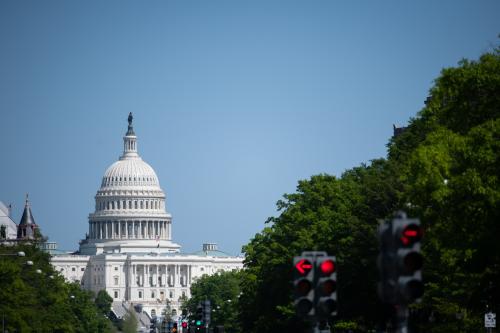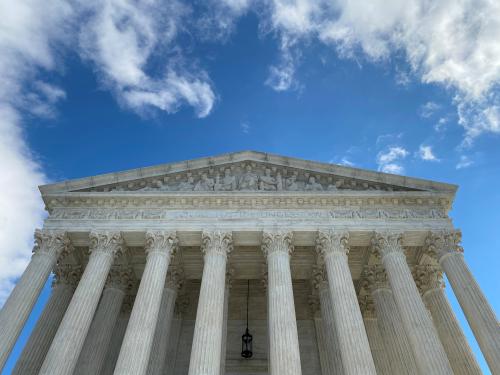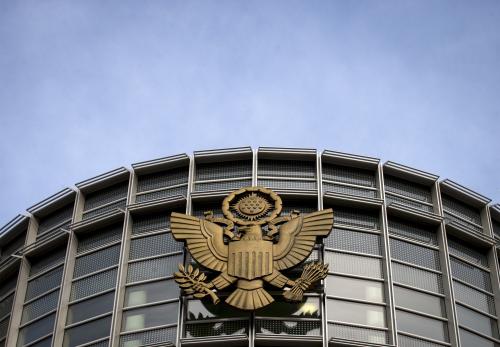The Senate’s 52-48 vote on June 23 to confirm Cory Wilson to the Fifth Circuit court of appeals allows Trump’s 200th appointment to a life-tenured judicial position—a “landmark achievement” according to Iowa Republican Charles Grassley.
Viewed less passionately, this 200th appointment marks less of an impact on the federal judiciary than that achieved by several Trump predecessors. It represents chiefly an all-out commitment to fill the courts of appeals with deeply conservative jurists; the district courts have been almost an afterthought.
Wilson is Trump’s 53rd court of appeals judge. At this point in his recent predecessors’ terms, only Jimmy Carter appointed more—57. However, as a proportion of statutory judgeships, a metric of which Trump often boasts, Trump trails both Carter and Richard Nixon. Trump’s appointees occupy 30% of the appellate judgeships, but Carter’s occupied 40% of the judgeships then in place, and Nixon’s occupied 35%.
More important, the court of appeals are not the entire federal judiciary—arguably not even the most important part from the standpoint of most federal litigants. District courts—though bound by precedents set by their respective appellate courts—have plenty of discretion as they oversee all manner of federal criminal prosecutions and civil disputes involving commercial matters and civil liberties. Federal district courts last year terminated just shy of 400,000 civil cases and criminal defendants; the courts of appeals terminated 48,000 cases, and almost 20,000 of those terminated procedurally—no jurisdiction, for example.
But district courts need judges to function. Majority Leader McConnell boasted yesterday, “there will not be a single circuit court vacancy anywhere in the nation for the first time in at least 40 years.” But there are 73 actual and three announced future district court vacancies (about 10% of judgeships).
An indication of McConnell’s priorities is confirmation times. Median days from nomination to confirmation of the 53 circuit nominees is 136 days. The Senate has taken 238 median days from nomination to confirmation for Trump’s district appointees.
The Senate has confirmed 145 district judges, fewer than those of George W. Bush, William Clinton, and Carter at this point. And as a percentage of district judgeships, Trump’s 21% outranks only two predecessors—Barack Obama and George H.W. Bush.
As to the district and appellate courts altogether (including the Supreme Court), at this point Carter, Nixon, and Kennedy-Johnson appointees constituted a third or more of their respective judgeships. Those of Trump (at 23%), Obama, Clinton, both Bushes, and Reagan cluster in the high teens and low 20% range.
Viewing matters in this light tempers considerably Grassley’s claim of a “landmark” achievement. Indeed, the “achievement” part also needs some tempering. Trump’s high appointment numbers reflect not only an accommodating, filibuster-free Senate but also the over 100 vacancies that McConnell gave him by his unprecedented refusal to confirm more than only a handful of nominees in Obama’s final two years.
The administration and Senate Republicans have been on a tear to remake the federal judiciary. Two-hundred appointments is significant but hardly record-breaking.
The Brookings Institution is committed to quality, independence, and impact.
We are supported by a diverse array of funders. In line with our values and policies, each Brookings publication represents the sole views of its author(s).








Commentary
Trump’s 200th judicial appointment: Less than meets the eye
June 26, 2020